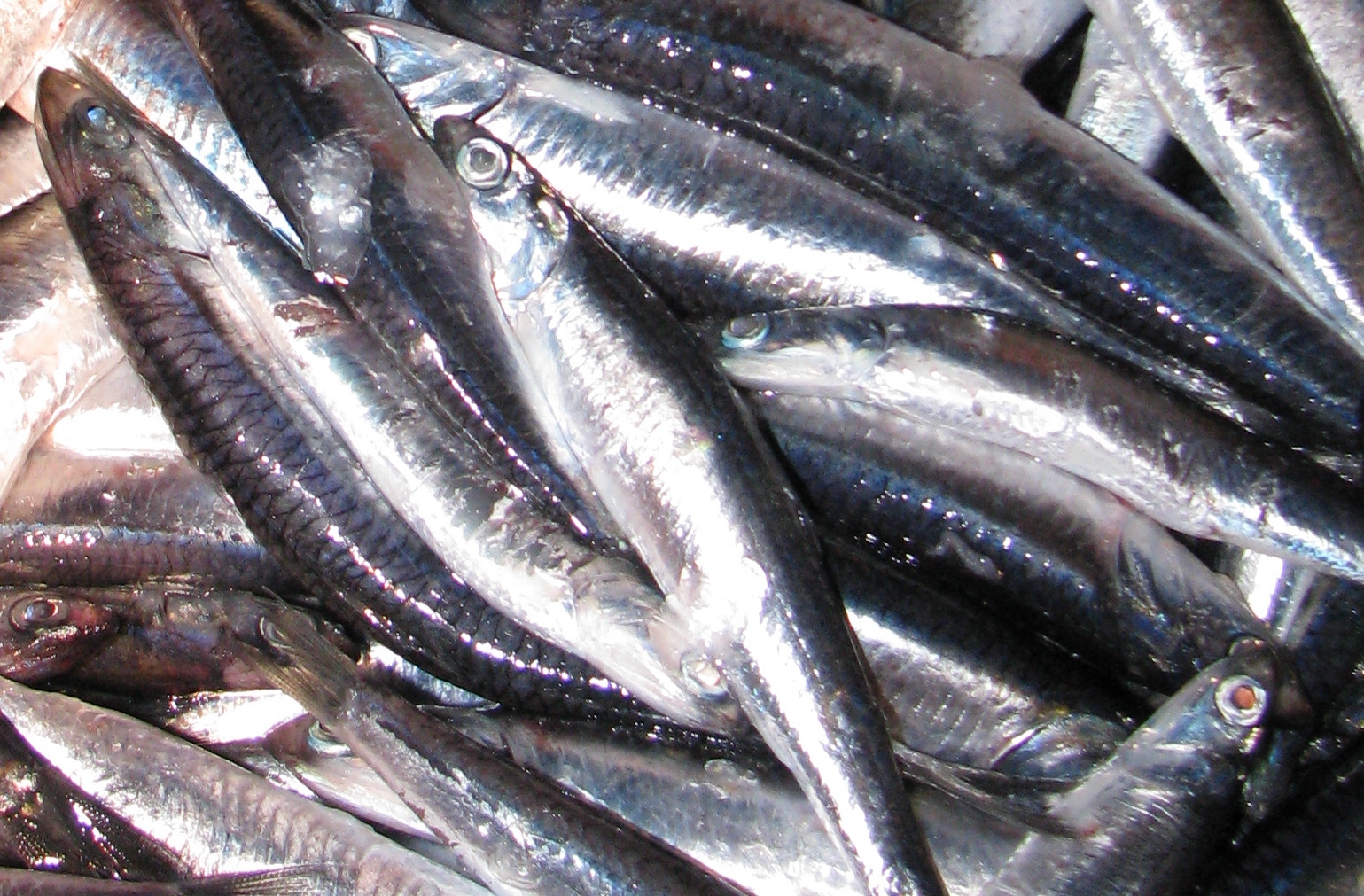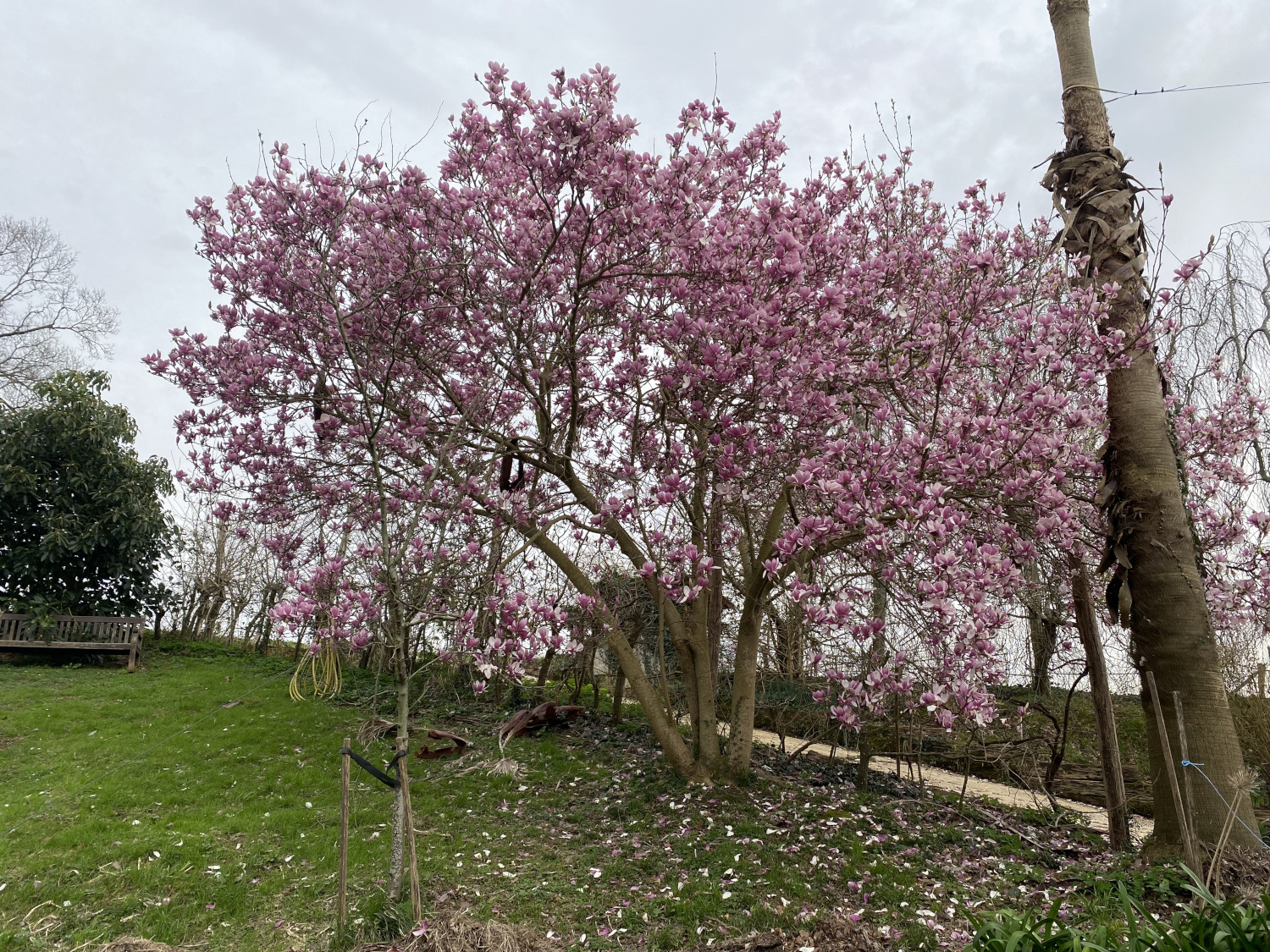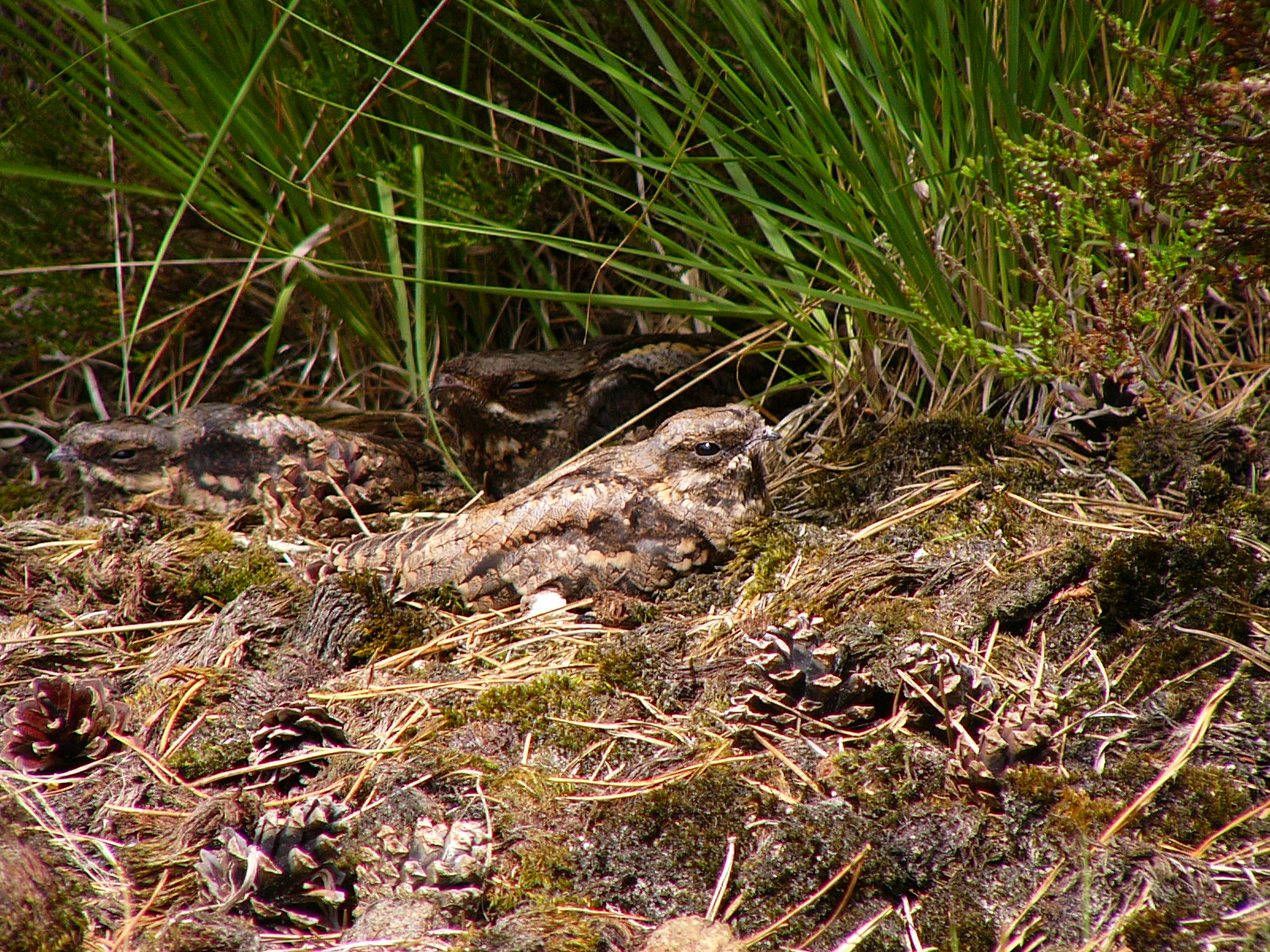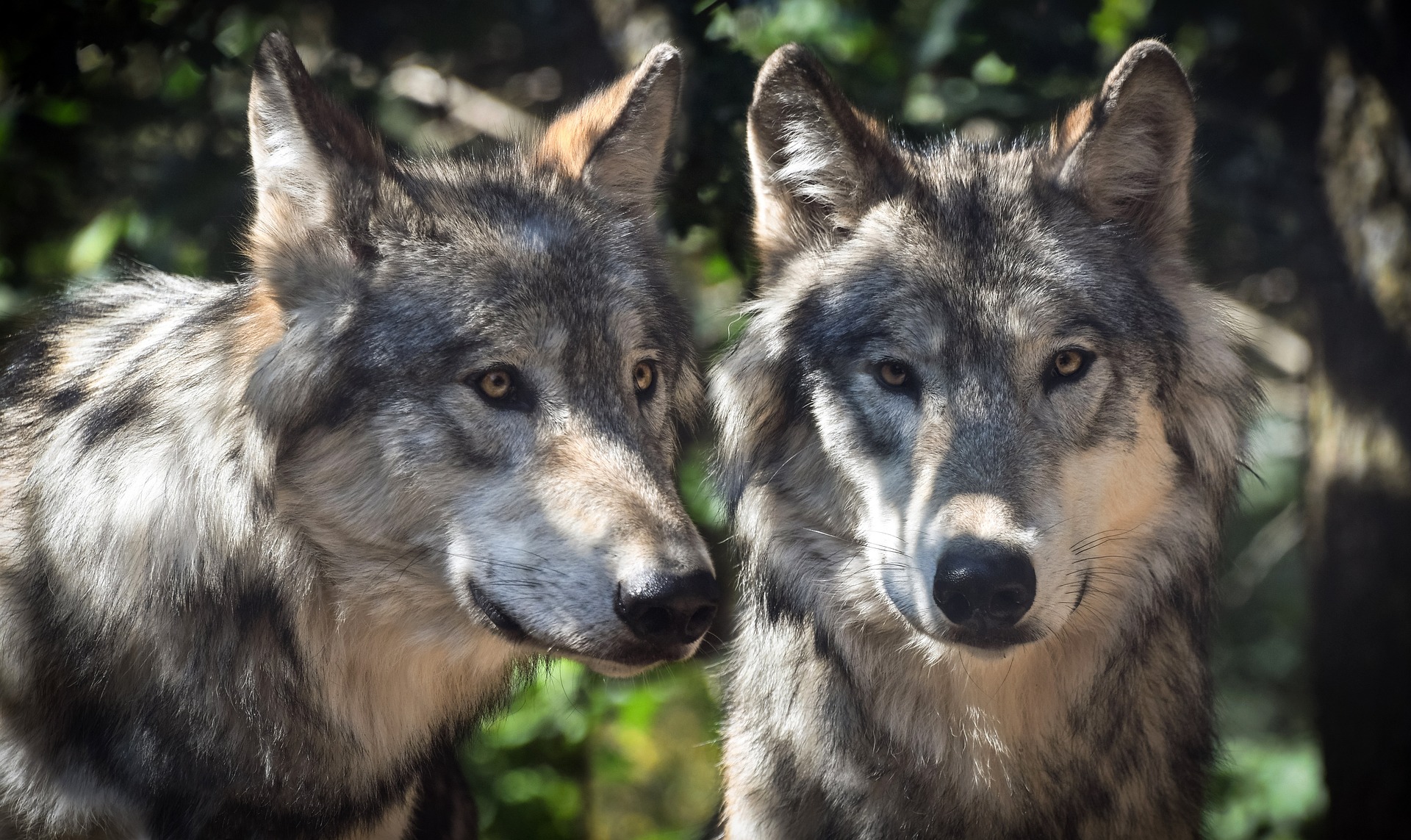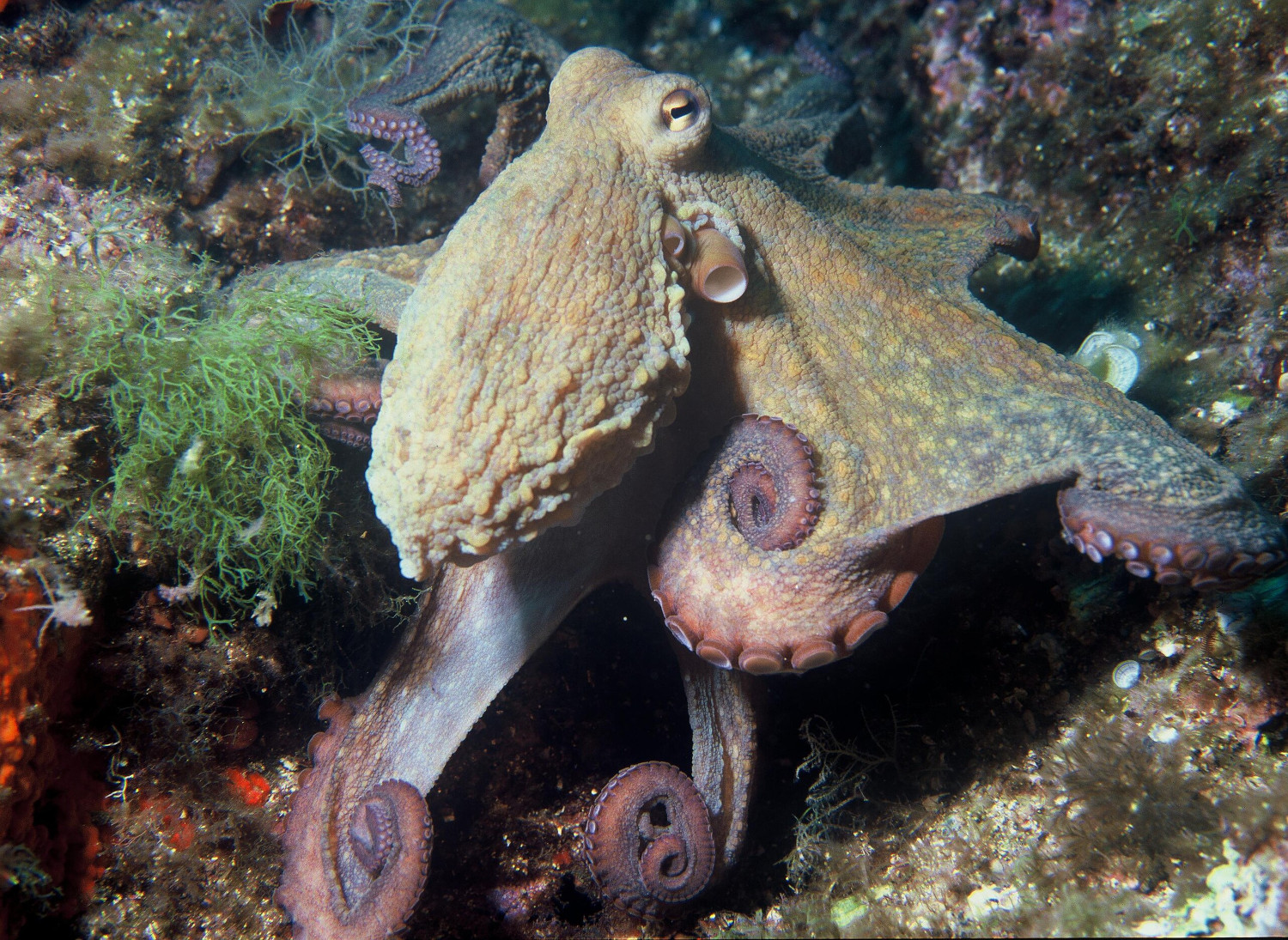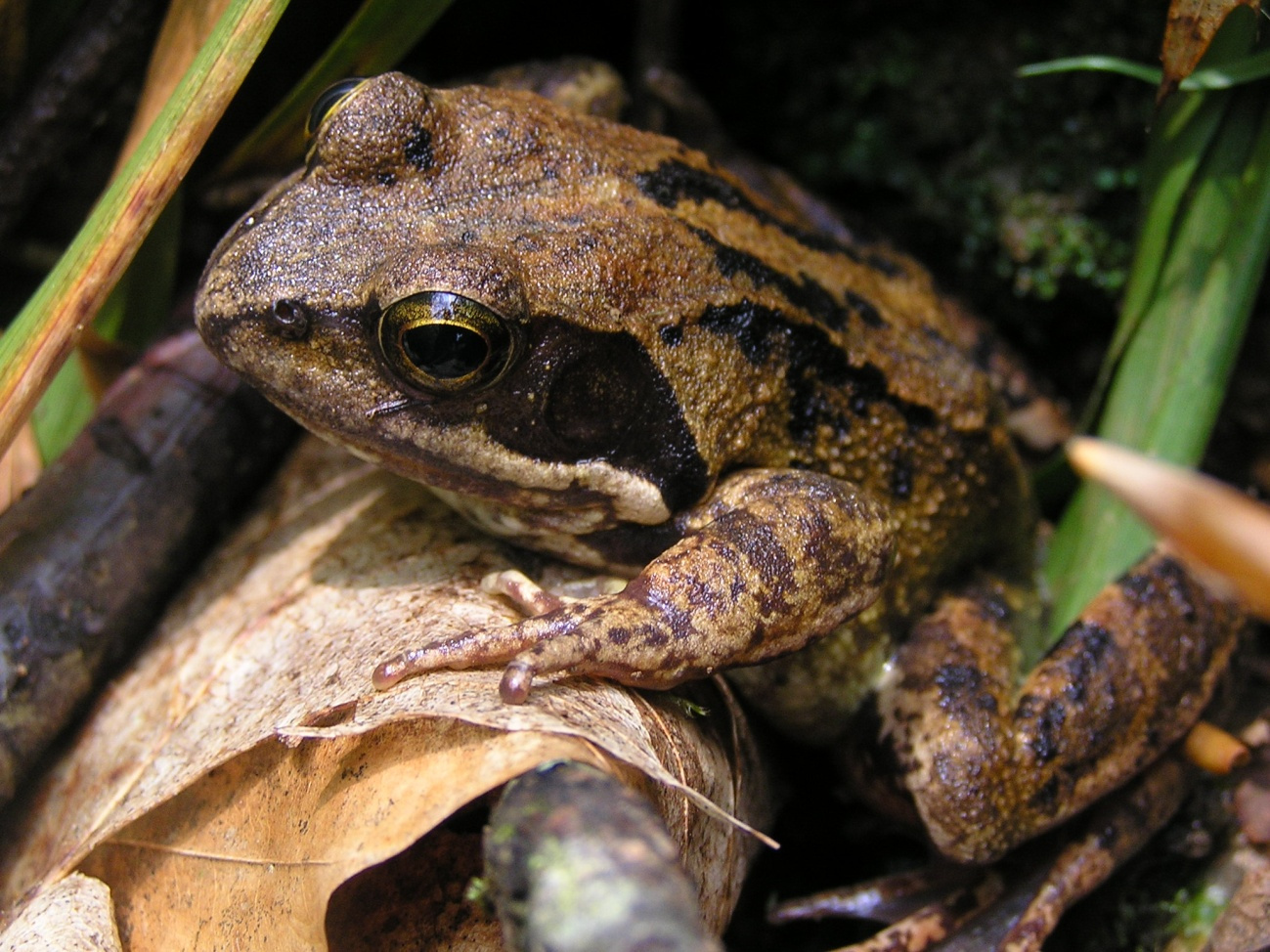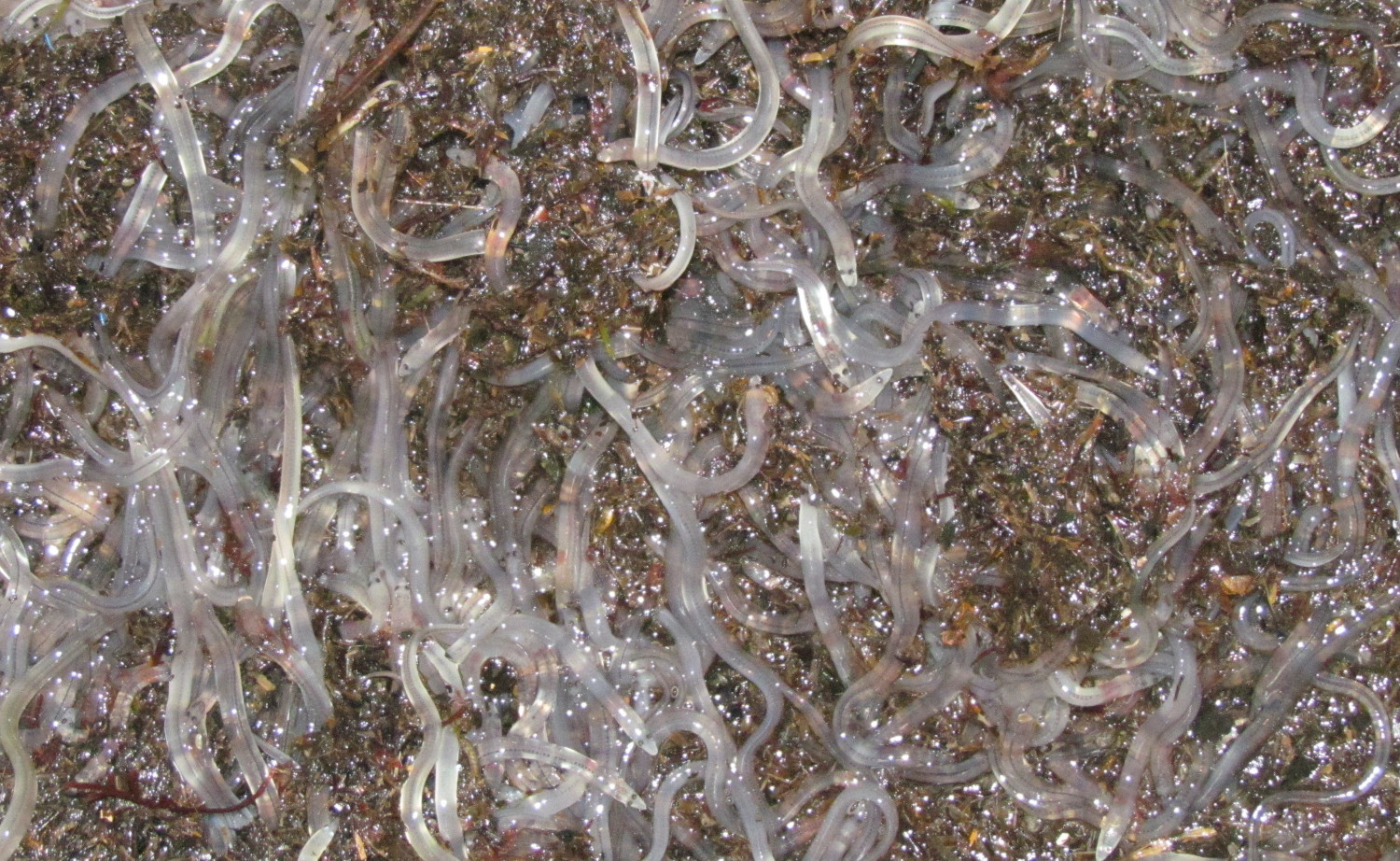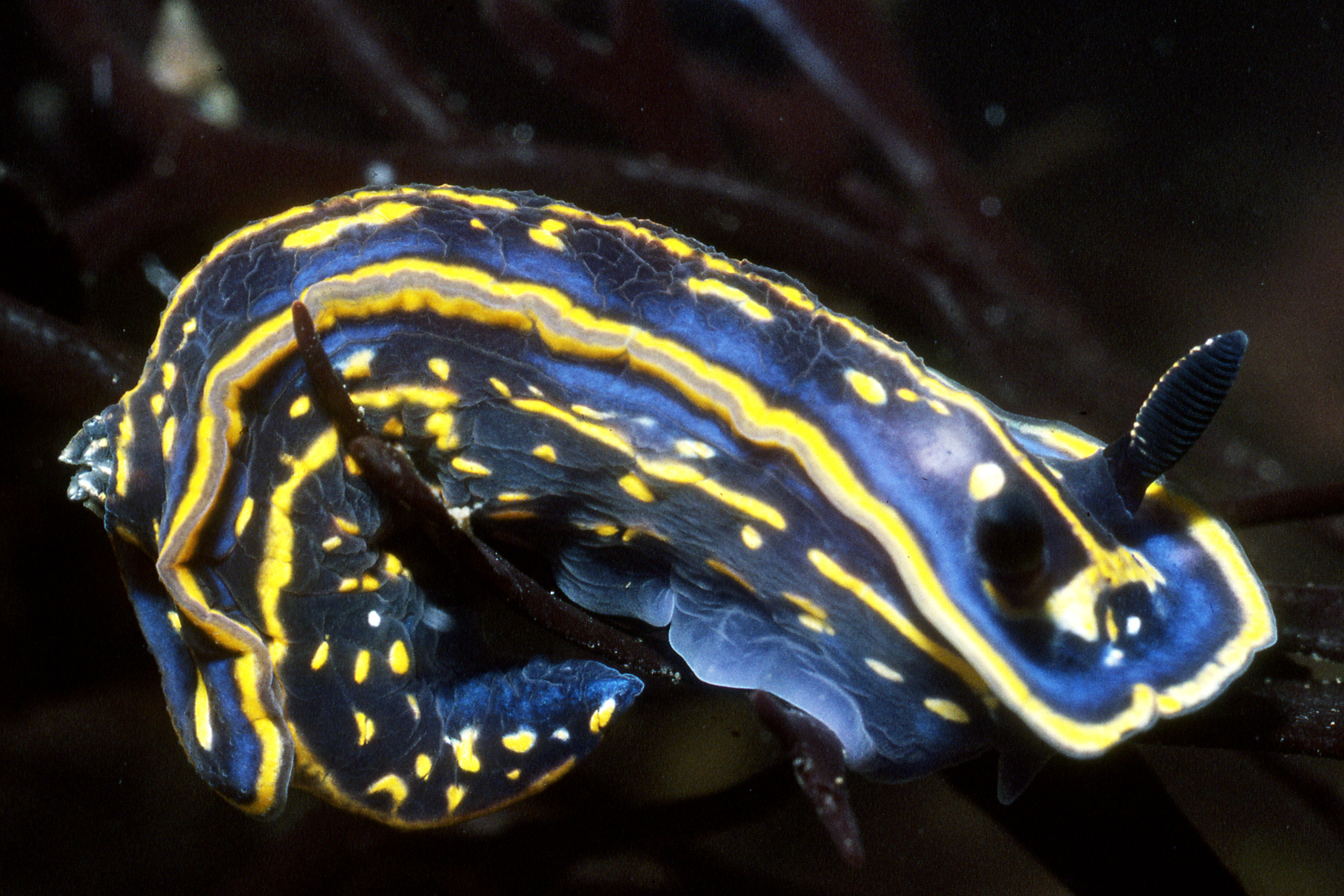Labour divisions
- Unlike humans, the three components of the hive have their functions clear from birth.

The queen starts working her muscles as soon as she is born to make them as strong as possible. A few days after birth begins her bridal journey, fertilization flights...
On these flights, rabbits cover and consolidate their jobs for life: fertilize the queen, so the egg has a lay until her mission dies.
The case of worker bees is like that of men; the body of the working bee is developing and performs different tasks according to the development cycle:
Childhood begins with cleaning the room where the bee (panal) was born. In the following days, along with her sisters, she starts feeding the larvae that transform into bees. The man would also get up and clean his room.
During adolescence, they perform maintenance tasks of the hive: they store food from the old sisters (pollen, nectar, propolis) and repair fragments of broken panals (with developed wax glands). Man would also be better to gather what is there at the time to have it when there is no.
During the maturation process, the first flights are started in the vicinity of the hive to then collect pollen, nectar, propolis and water. This collection will pass to your young sisters for storage. In this work it develops until the last day of his life, when he will die away from the hive. Man says that work is health, but he wants to spend the last years retired…
Its main function is to cover the queens that are born, although it is also involved in regulating the temperature of the hive. The erlamando has a reputation for vago, they say that he lives for another... Porrotx says “bee manages, male arrobo, please fill the mouth of food, kiss a day, demasa, hello in summer bonbon, in winter she arranges…”.
In winter the workers send the erlamandoak from the hive, as they will not perform functions and will not take care of them.
PP, Vox, Junts eta EAJren botoekin Espainiako Kongresuak onartu du otsoa espezie babestuen zerrendatik ateratzea eta, horren ondorioz, berriz ehizatu ahal izango dute Duero ibaitik iparrera.
Antxoa, bokarta edo albokartia, gure arrain komertzialen artean txikiena, euskal kostaldera hurbildu da.
Magnoliak eleganteak dira. Dotoreak. Anddereak. Pontxoak. Apainak. Pimentak. Gurbilak. Ponposak, ponpoxearrenak. Ortiroak. Ia-ia fazazkoak, kriket eta kraket. Ez naiz harritzen, beren loraldien azpian lurrarekin urtzerainoko handitasunaren menpeko sentitzen naiz urtero.
Katalanen ustetan artzainak engainatzen omen ditu hegazti honek: “enganyapastors”. Espainiar eta latindarrek, aldiz, ahuntzari esnea kentzen diola diote, hortik datorkio hain zuzen ere izen zientifikoan (Caprimulgus europaeus) islatzen den caprimulgus (capra... [+]
Nekazal eremu lehor baten erdian ageri da putzua. Txikia da tamainaz, eta ez oso sakona. Egunak dira euririk egiten ez duela, baina oasi txiki honek oraindik ere aurretik bildutako urari eusten dio. Gauak eremua irentsi du eta isiltasunaren erdian kantu bakarti bat entzun da... [+]
Eskoziako Lur Garaietara otsoak itzularazteak basoak bere onera ekartzen lagunduko lukeela adierazi dute Leeds unibertsitateko ikertzaileek.. Horrek, era berean, klima-larrialdiari aurre egiteko balioko lukeela baieztatu dute, basoek atmosferako karbono-dioxidoa xurgatuko... [+]









